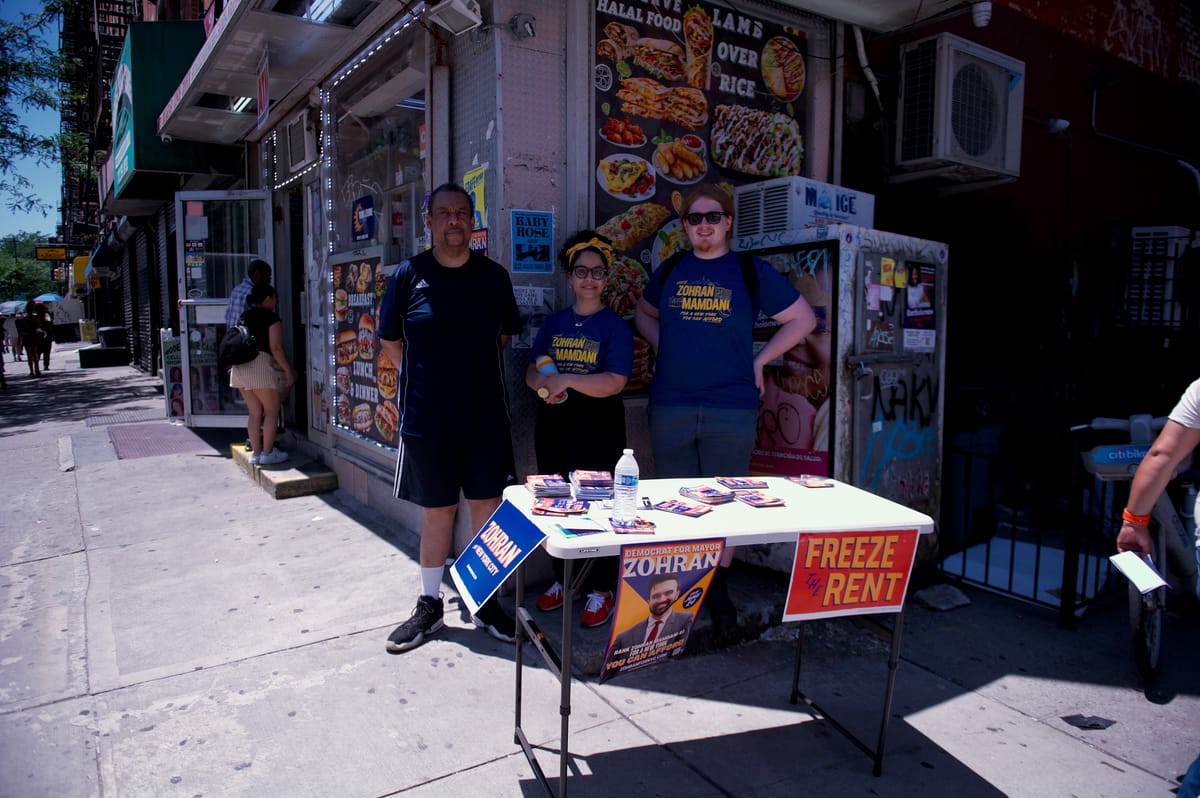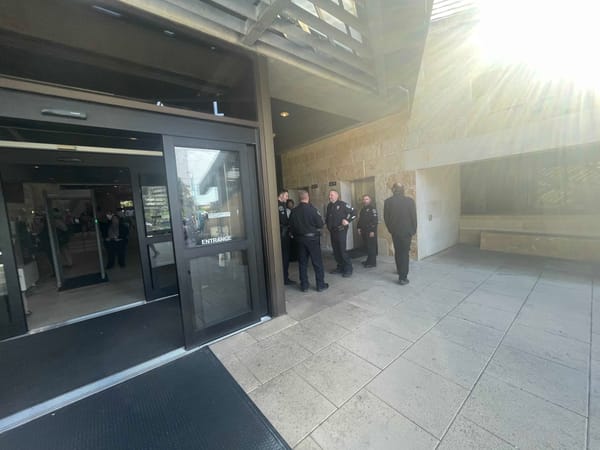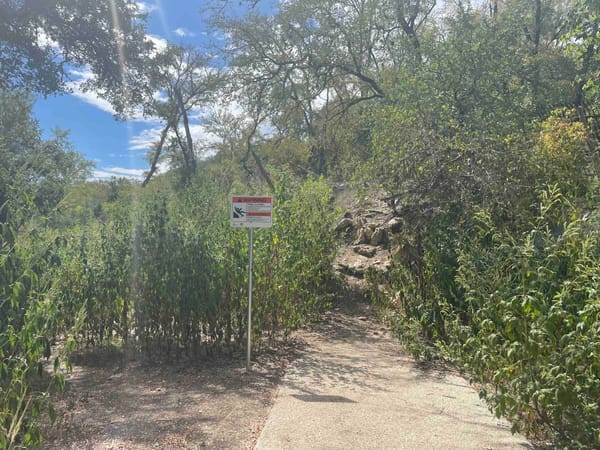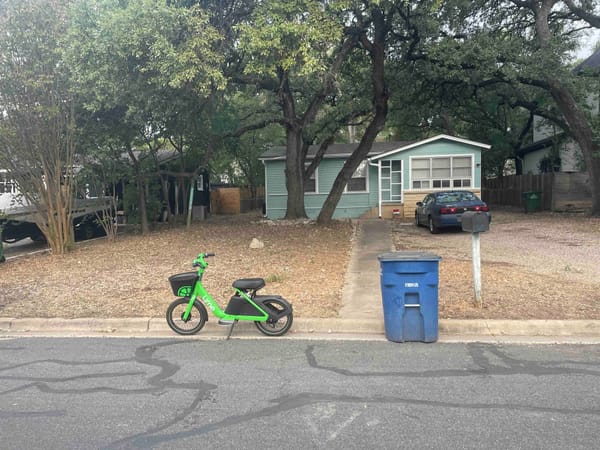Lessons from New York?
Why Austin politics is so different.

I'm gonna delay my promised article on community land trusts until tomorrow and talk a little bit about the New York mayor's race. I think the implications of Zohran Mamdani's apparent victory over Andrew Cuomo in the Dem primary are being vastly overstated by pundits hungry for sweeping political narratives, but it's nice to see the national media focus on urban issues for a change. It's refreshing to see coverage of a race where public transit matters more than gas prices.
I think there are some lessons to be learned from this race that apply elsewhere, notably in other large cities, but there's also a lot about it that doesn't translate because New York City is so fundamentally different from the rest of the country.
Things that are different about NYC
- People know who the mayor is: For a number of reasons, including that New York is perhaps the only city left with a truly robust local news media, the mayoral election there can take on the dimensions of a presidential election. I wish this were true in Austin, but it's just not. Austin has always had a core of hyper-engaged activists that pack City Council meetings and show up to community engagement sessions, but the median Austinite barely thinks about city politics. I knew this in 2022, which is why, in contrast to many City Hall veterans, I didn't consider Kirk Watson a prohibitive favorite against Celia Israel. The silent majority couldn't name the current mayor, let alone the mayor from 20 years before. The mayoral race was an afterthought at the bottom of the ballot; many I interviewed at the polls couldn't even remember the name of the person they voted for.
- Renters dominate: Only 30% of New Yorkers are homeowners, an unusually low level for America. That means that rent, rather than property taxes, is the big cost-of-living issue even for people who are fairly well off. Austin is also a majority-renter city, but by a much smaller margin (55-45), and it is definitely not a majority-renter electorate.
- Rent control: New York is unique in that the government actually controls rent increases on 1 million apartments. So a candidate can actually promise to "freeze the rent."
- It has a city income tax: The only way an elected official can raise revenue in Austin is through increased property taxes. That makes it much harder to run a credible populist campaign promising all kinds of new programs, because there is no way to just "tax the rich."
- More transit riders than drivers: NYC is the only American city where a majority (55%) of households are car-free. In Austin it's probably between 5-7%. So it's just a completely different transportation dialogue. A promise to lower or eliminate transit fares in Austin would be received by voters as a nice thing to do for the unfortunate few without cars, while in New York it has a tangible effect on most voters.
- The New York mayor is involved in schools: The city government in NYC oversees the public school system. So that's another huge issue that City Hall here is not involved with at all.
- Ranked Choice Voting: Austin voters approved a charter amendment in 2021 to implement RCV but the Lege says we can't do it! Worse, many of our elections are determined in low-turnout runoffs in December.
So, are there lessons to be learned for aspiring mayors in Austin? I suppose the big one is that crime would have to be much, much worse in Austin for voters to be more concerned about it than the cost of living. This is something useful to remember, because there is always a contingent of voters/donors who are very exercised about crime and public order and assume that everyone else is as freaked out about it as they are.
Other than that ... maybe someday there will be a candidate in Austin with the charisma and social media savvy to catch fire like Mamdani. But I'm not seeing any obvious candidates ...
How New York's housing debate is different
In Austin, opponents of new market-rate housing try to cast supporters of zoning reform as Reagan-style market fundamentalists. They like to throw around terms like "trickle down" and "supply side" to imply that zoning reform is akin to other right-wing policy projects, such as slashing public services, eliminating consumer protections or cutting taxes on the wealthy.
It's an absurd false equivalence of course. Single-family zoning does not protect the marginalized, it excludes them.
Furthermore, in Austin, those who decry zoning reform as unfettered capitalism don't have a coherent alternative to propose in its stead. It's not like they're proposing a massive city investment in subsidized housing. In fact, the neighborhood activists who oppose new market-rate housing are typically pretty lukewarm on affordable housing bonds, which they grumble will be paid for with increased property taxes.
In New York, some of those who are against new "luxury housing" actually have a competing theory for how to reduce housing costs. Their theory: build tons of public housing funded by taxes on the rich and use rent control to keep private sector housing affordable.
There are all kinds of drawbacks to that approach, but it's at least intellectually consistent in a way that the left-coded anti-development discourse in Austin is not.
Mandani's views on housing have apparently shifted somewhat. He used to be a pure socialist on the issue but he said during his campaign that he has come to appreciate a role for the market to play in producing housing and reducing costs. We'll see how sincere the shift is.
Last but not least, you might be surprised to learn that the closest thing Austin has to a Mamdani-style pol, U.S. Greg Casar, did not actually endorse Mamdani. He endorsed third place finisher Brad Lander, the Big Apple's progressive-but-not-socialist city comptroller. It was still functionally a Mamdani endorsement since Lander urged his supporters to rank Mamdani second on the ballot, but it's another indication that Casar is cultivating a reputation as a practical progressive.
If somebody forwarded you this email, please consider subscribing to the newsletter by visiting the website.




